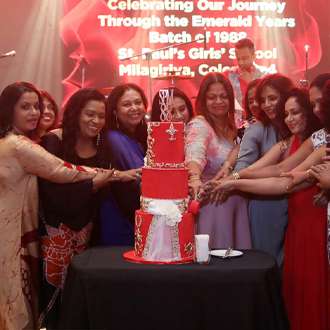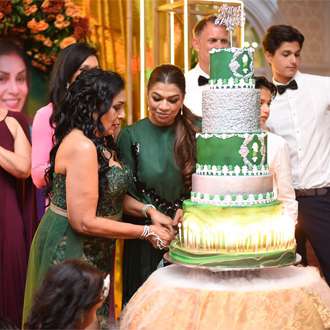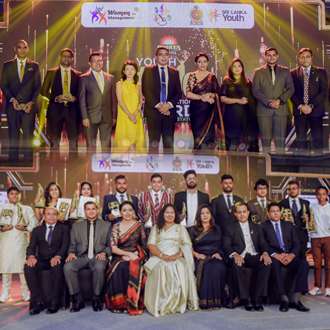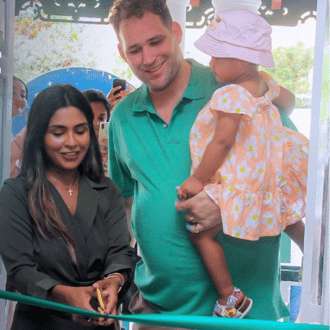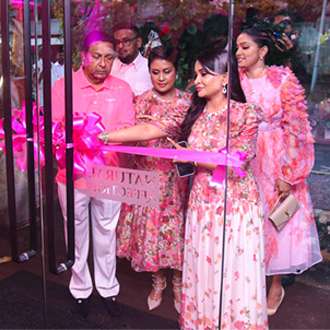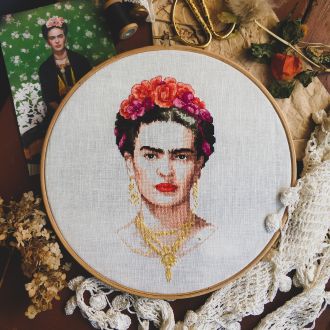

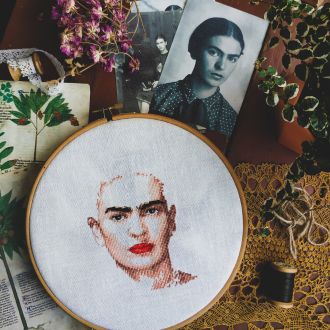
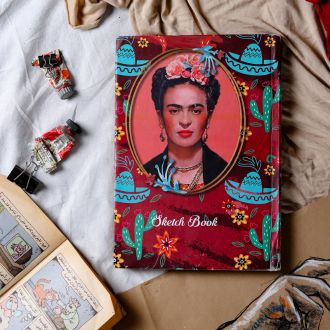
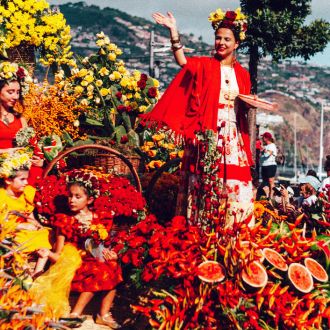
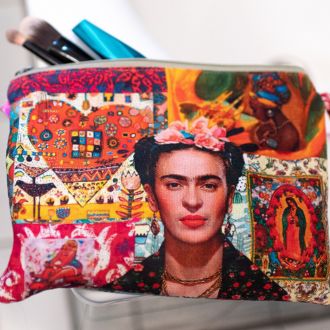
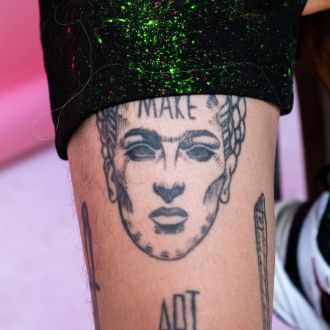
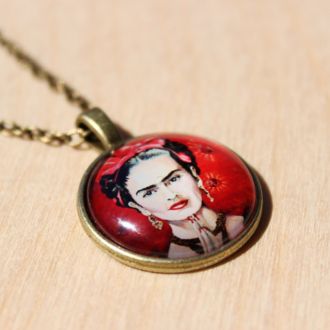
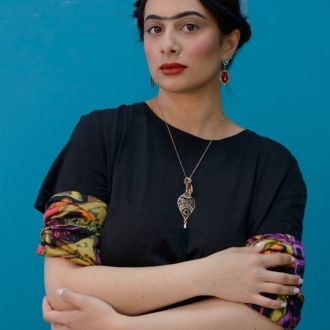


From ‘Remembering Frida’ at the Shyamala School of Art in Colombo last year, to handcrafted Frida Kahlo door stops which are helping to provide empowerment to men and women in rural areas, Sri Lankans are not forgetting Mexico's legendary artist Frida Kahlo.
Frida Kahlo was an avant-garde artist as well as a style icon who embraced clothing as a form of self-expression. Her unique style, which combined traditional Mexican clothing with European influences, was designed to show solidarity with the oppressed and marginalised groups in Mexico such as the indigenous peoples, the peasants and the workers, and it has continued to be a source of inspiration for designers, artists and campaigners for decades.
Kahlo was born in Mexico City in 1907 to a mother who was half Spanish and half Tehuana native, and a German-Hungarian father. She was raised during the Mexican Revolution amid a time of cultural renewal and pride in the nation’s indigenous ancestry. At the age of 16, Kahlo became a member of the socialist party, and she would subsequently join the Mexican Communist Party. She became involved in the city's intellectual and creative communities after marrying the muralist Diego Rivera.
In recent years her striking appearance and vibrant style have been rediscovered, with her image gaining a great deal of attention and popularity on social media and digital platforms. Her persona has also been utilised for a variety of filters, stickers, emojis, and memes, in addition to being used for an online campaign promoting female empowerment and activism. However, that's not all!
Another astonishing aspect of Frida Kahlo is that, after her death in 1954, her clothes and personal items were hidden away for the next half century by her husband Diego. It wasn't until 'The Frida Kahlo Museum' in Mexico City officially revealed and categorised her garments in 2004 that the public became aware of her distinctive and colourful style. Since then, they have been displayed in museums across the globe, including the Victoria & Albert Museum in London, drawing visitors in record numbers.
Although Frida Kahlo did not make all her own clothing, she often personalised and decorated the outfits she wore. She dressed in an array of clothing made by indigenous peoples in Mexico and Guatemala mismatched with those made in Europe and the United States. She put them together in novel and unexpected ways to develop her own signature style, for instance combining European lace with Mexican embroidery or Tehuana gowns with Guatemalan jackets.
Her mestiza (mixed-race) heritage and revolutionary ideas were reflected in Kahlo's outfits. She frequently wore the traditional clothing of the Tehuana women from the Isthmus of Tehuantepec, where her mother came from, including long, tiered cotton skirts and high-necked, ruffled blouses. Given the matrilineal and matriarchal nature of Tehuana society, these clothes were also a representation of female power and independence. She then added colourful shawls, embroidered scarves, heavy jewellery, and flower crowns to create a lively and eclectic look.
Cotton and wool were two of her favourite natural fibres since they allowed her skin to breathe and were gentle to the touch. In addition to this, she wore bold, eye-catching colours and patterns that stood in stark contrast to her fair skin and dark hair.
Throughout her life, Kahlo battled a number of health problems, including polio, a near-fatal bus accident, and infertility. Consequently, she chose outfits such as fitted suits, lace dresses, and corsets to mask or highlight her physical impairments and to also ease the suffering she endured. For example, she would embellish her corsets and prosthetics with paint, ribbons, and mirrors while wearing them to support her spine.
She also played around with various materials, colours, and patterns in order to develop a more comfortable and expressive look. To contrast with her typically Mexican costume, she occasionally wore men's suits or European outfits.
Kahlo's style was more than just an aesthetic; it was a way of life. She communicated her personality, feelings, politics, and artistic vision through her choice of clothing. As she once memorably put it, "I paint myself because I am so often alone and because I am the subject I know best." The same thing could be said about her choice of clothing – she always dressed herself, because she was the one who knew herself the best.
The ways in which Frida Kahlo expressed herself artistically and personally were greatly influenced by her physical attributes which she used to project a strong and memorable self-image that questioned social norms and embraced her uniqueness. In her self-portraits, Frida Kahlo variously emphasised or downplayed her distinguishing physical traits:
There are now Kahlo-inspired cosmetics, handbags and accessories, clothing, Barbie dolls, and even Snapchat filters based on Kahlo's iconic image. Numerous celebrities and designers have taken inspiration from Frida Kahlo such as Jean Paul Gaultier, Dolce & Gabbana, Roland Mouret, and Cushnie et Ochs who have honoured her in their designs and collections. Other celebrities, including Lana Del Rey, Salma Hayek, Madonna, and Beyoncé have portrayed Kahlo in photos or costumes.
Without a doubt, Frida Kahlo was a fashion icon who redefined beauty by challenging conventional norms and celebrating diversity. She showed that fashion can be more than just clothes: it can be a powerful tool for self-expression and social change.
‘Remembering Frida’
https://www.life.lk/article/latest_stories/Shyamala-School-Of-Art-On-Remebering-Frida-Kahlo/1/20283
Handcrafted Frida Kahlo door stops
https://www.instagram.com/p/BxmO8HDHMF4/
#fridakahlo #mexico #legendaryartist #fashionicon #diegorivera #femaleempowerment #signaturestyle # indigenouspeoples #tehuanagowns #guatemalanjackets #eclecticlook #traditionalclothing #selfimage #beautynorms #unibrow
